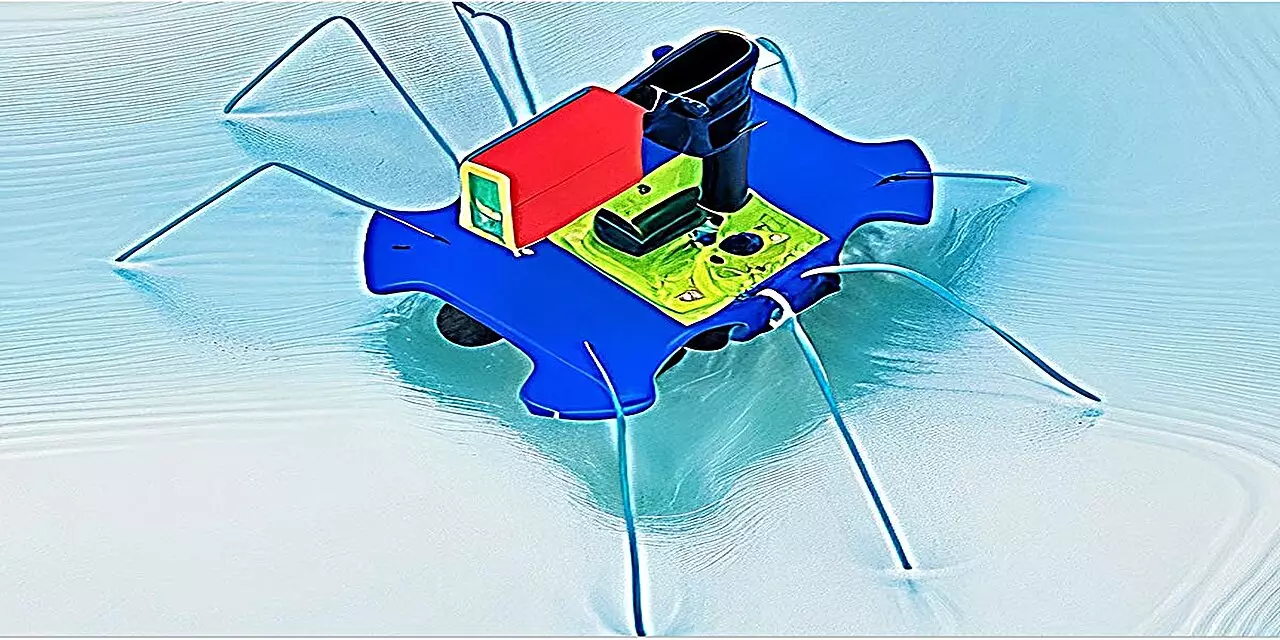Aquatic robotics is an area of technology that holds immense potential for transforming various industries. Researchers at Binghamton University, State University of New York, have made significant strides in this field by developing a self-powered aquatic “bug” that can navigate across water surfaces. The development of such innovative technology not only showcases the ingenuity of the research team but also has the potential to revolutionize aquatic robotics.
One of the major obstacles in expanding the use of robotics in aquatic environments is the vast expanse of water that covers 71% of the Earth’s surface. This poses critical environmental and logistical challenges for researchers and engineers looking to integrate autonomous systems into these areas. Recognizing these challenges, the U.S. Defense Advanced Research Projects Agency (DARPA) has initiated the Ocean of Things program to explore solutions for deploying autonomous nodes in aquatic settings.
Professor Seokheun “Sean” Choi, along with his team at Binghamton University, has been at the forefront of developing self-powered aquatic robots that rely on bacteria-powered biobatteries. By harnessing the power of bacteria to generate energy, these robots can operate autonomously for extended periods. The innovative use of biobatteries with a potential 100-year shelf life opens up new possibilities for aquatic robotics and environmental monitoring.
The self-powered bug designed by the Binghamton team utilizes a Janus interface that allows for the intake of nutrients from the water while maintaining a supply within the device to fuel bacterial spore production. This unique approach enables the bacteria to switch between vegetative cells for power generation and spores during unfavorable conditions, thereby extending the operational life of the robots. With power generation close to 1 milliwatt, the robots can perform mechanical movements and collect environmental data, making them invaluable tools for monitoring aquatic ecosystems.
As the research progresses, the team plans to explore the potential of different bacterial strains for energy production in challenging ocean conditions. By studying the microbial composition of various oceanic regions, they aim to optimize the performance and sustainability of the self-powered aquatic robots. Additionally, the integration of multiple bacterial cells to enhance power output presents an exciting avenue for future research and development in aquatic robotics.
The development of self-powered aquatic robots represents a significant advancement in the field of robotics and environmental monitoring. By leveraging the unique capabilities of bacteria-powered biobatteries, researchers are paving the way for a new era of autonomous aquatic systems. With continued innovation and exploration, the future of aquatic robotics looks promising, offering unparalleled opportunities for scientific discovery and environmental conservation.


Leave a Reply